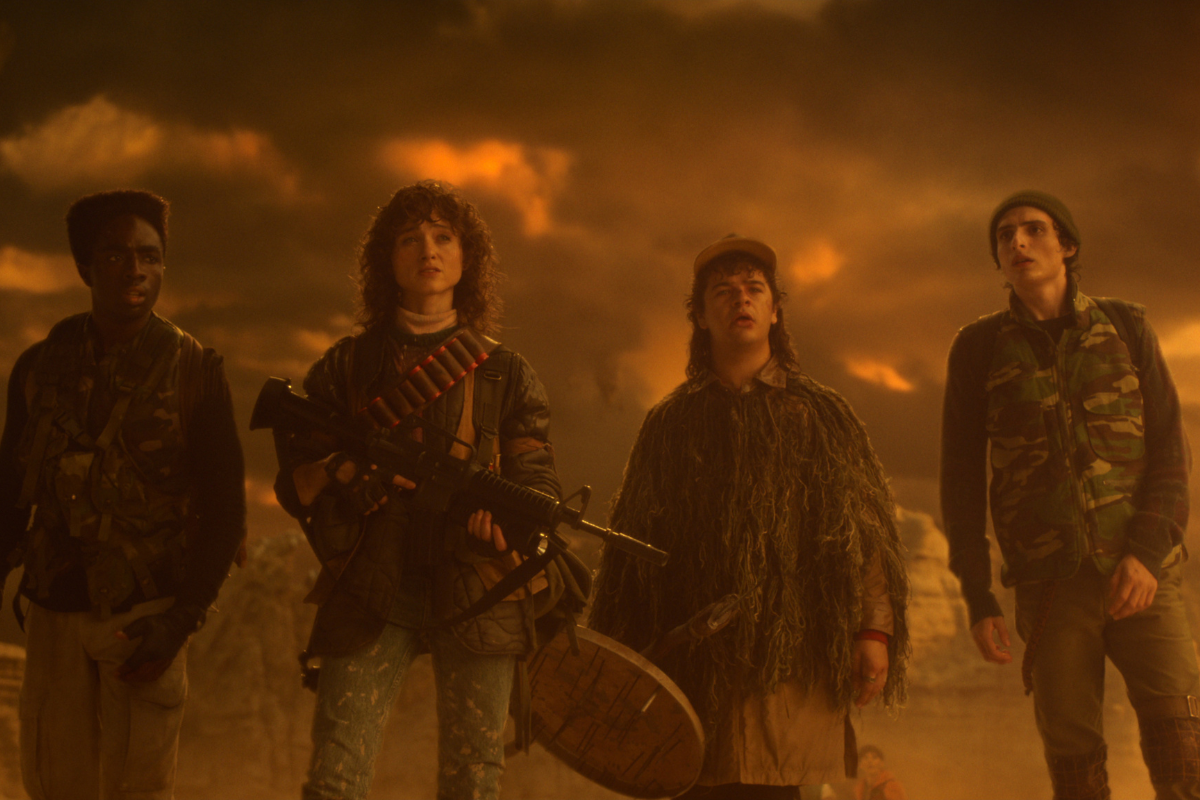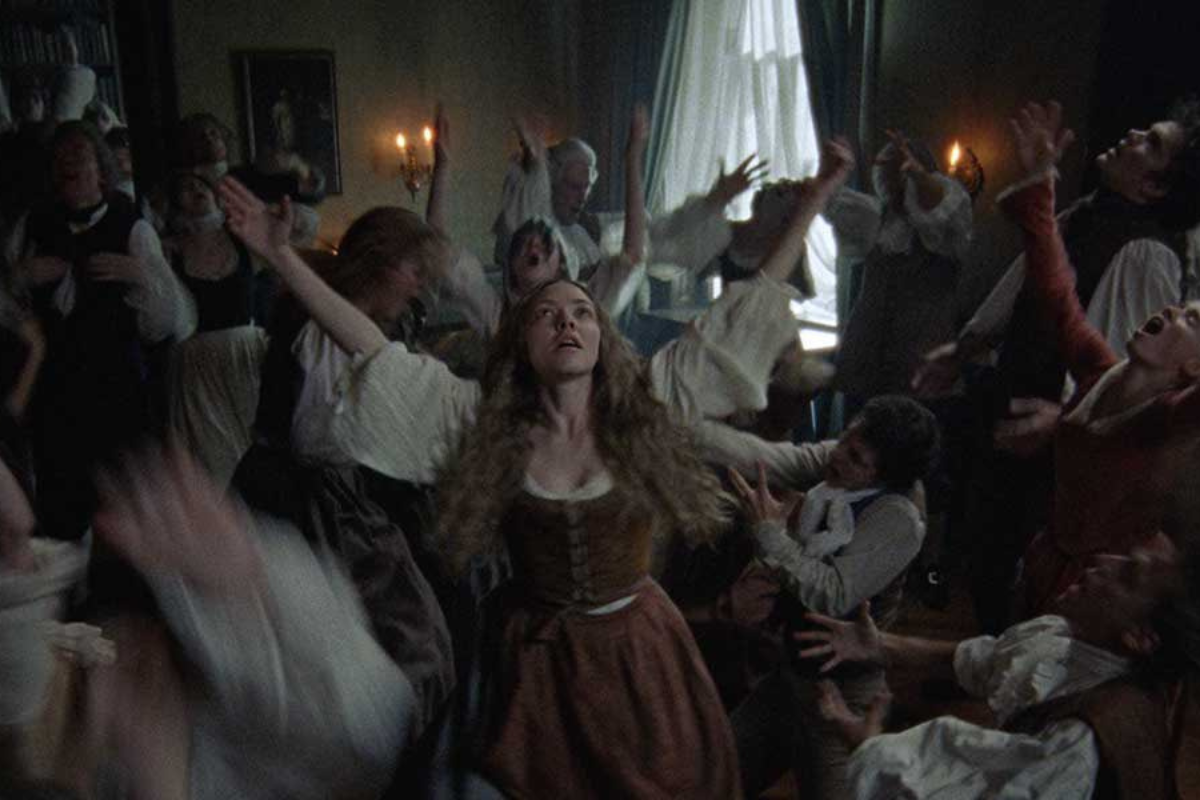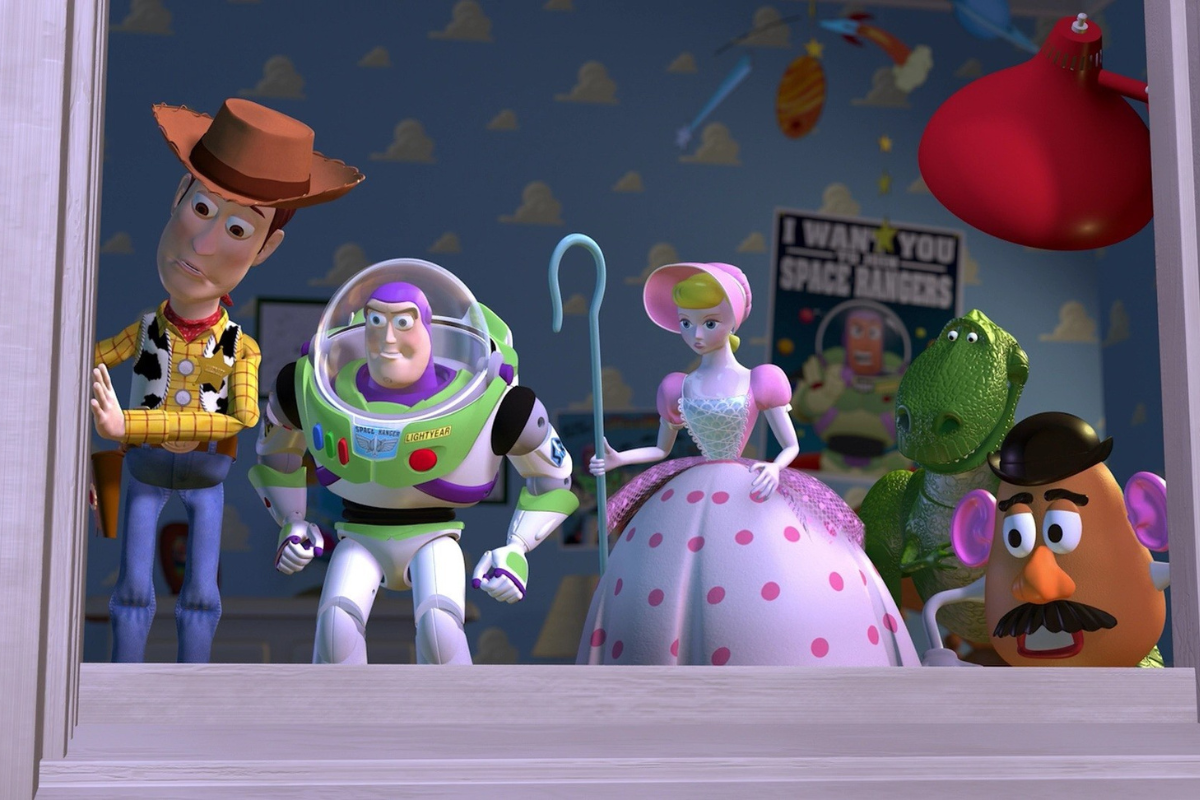Robert McKee Reviews The Town (spoilers!)
The triumph of The Town’s deadly felon-hero creates a satisfying moral symmetry. Robert McKee cannot think of another film in which the protagonist does as much damage to society and ends up as happily-ever-after.
To also read Robert McKee's review of The American, click here.
The Town and Morality
by Robert McKee
(SPOILER ALERT: Do not read what follows until you have seen The Town.)
Of the many emotions stories arouse, moral emotion seems the most powerful. Although value dynamics such as Love/Hate, Freedom/Slavery, Loyalty/Betrayal, Truth/Lie move us, Justice/Injustice spurs emotional energy faster and more forcefully than even Life/Death. Human beings yearn for Justice. We feel that if no other positive value can salvaged from our daily struggles, let it be Justice. Prayers rise up, "Please God, balance the scales; punish the wicked."
Given the universal thirst for Justice, imagine the problems of telling a story when your protagonist is a criminal. How to draw empathy to a protagonist who makes injustice his profession? How to place the Center of Good in a Bad Guy?
The Town, written by Ben Affleck, Peter Craig, and Aaron Stockard, solves this problem with consummate craft in the three steps outlined below. What's more, the writers take their solution a measure beyond any hit film to date.
Caper, Gangster, and Detective are three of the Crime Genre's thirteen subgenres. The former takes the point of view of a master criminal (The Score, Heist, Ripley's Game), the second sees everything through a gangster's eyes, (The Godfather trilogy, Scarface, Sexy Beast, The Last Seduction), and the latter gives us a cop's angle on crime (Dirty Harry, Heat of the Night, L.A. Confidential). Some films combine Gangster with Detective to alternate point of view: American Gangster, Heat, The Departed.
The Town weaves in and out of all three subgenres: Ben Affleck plays Doug MacRay, a master criminal out to execute three complex capers. Circumstances, however, force him to do business with hoods and their mob boss. Crosscut with MacRay's schemes and the gangsters' machinations, the feds and Boston police, lead by Jon Hamm's FBI SA Adam Frawley, hunt him down.
The key to involvement in all stories is the audience's identification with a positive core of humanity (aka The Center of Good) within the protagonist. The writers of The Town needed to make Doug MacRay the empathetic heart of their telling, but what constitutes Goodness in a Center of Good is relative to the morality of the fictional world surrounding it. To shape the story's moral demographics, the writers first created a cast of Innocent Victims (the public), Bad Bad Guys (sadistic gangsters), Bad Good Guys (the brutal BPD and the law-bending FBI), and one Good Bad Guy (Ben Affleck's lone anti-hero). From this design, the writers could surround MacRay, tough felon that he is, with an even darker, more vicious society, so that by contrast he would move toward the story's moral center.
Next, the writers turned on positive bright lights within MacRay. As he leads his gang through ingenious heists, he obeys his strict personal code: Theft, yes; murder, no. He decrees that during the raids no one gets hurt unnecessarily, and absolutely no one gets killed. That ethic begins to put the Good in MacRay's Bad Guy. But a Center of Good needs more, so the writers highlight the positive side of his complex dimensions. When situations get red hot, MacRay, unlike the thugs around him, never loses his cool. In the midst of armed robberies, he protects the bystanders. He reveres his dead mother no matter how she lived and died. He loves his girlfriend with tenderness and humility. He not only cares about street kids but bemoans the victims of all social injustice. He outsmarts the FBI's best minds. He's cut like a Greek god and looks like Ben Affleck.
The writers' third step, however, is the most impressive. At the Climax of all Crime Stories, moral scales need to be balanced in a way that satisfies the audience's sense of right and wrong. This is why most criminal protagonists, despite their empathetic charms, tend to die (Bonnie and Clyde, Road to Perdition, Reservoir Dogs) or pay a tragic personal price (The Godfather). This punishment, we feel, renders Justice.
Those rare stories that let their dark hero get away with murder, tend to be tales of criminal-on-criminal violence (Sexy Beast, The Last Seduction, Ripley's Game, Mr. Brooks). The Town pits crook on crook, but it also sets its anti-hero against the law. Although we never actually see MacRay shoot a cop, he shoots at them, raining his AK-47 on brave, hardworking men in blue. When MacRay murders the badest of the Bad Guys, he genuinely enjoys it. But then we enjoy it, too; the bastard had it coming. In the Resolution Scene, MacRay ends up rich with stolen money, gazing out on a tropical sea.
The triumph of The Town's deadly felon-hero creates a satisfying moral symmetry. I cannot think of another film in which the protagonist does as much damage to society and ends up as happily-ever-after. And yet, I left feeling that somehow Justice had been done. When the DVD comes out, work through The Town point by point to discover how the writers designed the moral dynamics of MacRay's character. As just one example, watch the scene between MacRay and Claire (Rebecca Hall) in which his confession of past crimes turns into an act of love. Amazingly, his loving, trusting, mature pledge to never lie to her again (positive) outweighs his youthful crimes (negative). The writers use this technique rigorously throughout the film. They splice positive traits onto MacRay's negative deeds; they pull positive revelations from inside his negative actions. No matter what genre you write, I highly recommend a study of The Town to learn how a Center of Good can evolve inside a thorny, duplicitous, cruel, even lethal universe.
Top screenwriting and film publication, founded in 1989, published by Active Interest Media. Twitter: @scriptmag







